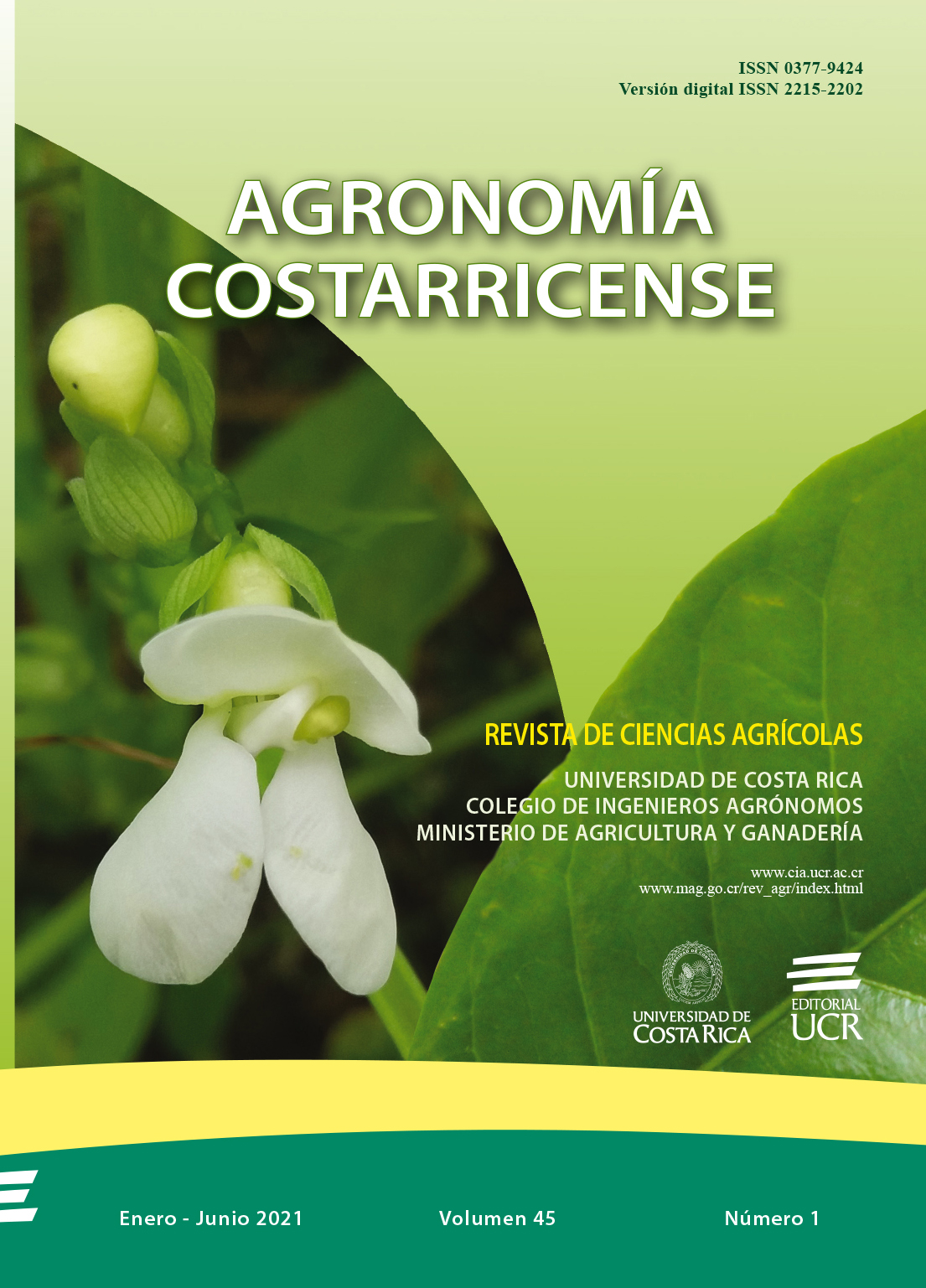Abstract
Introduction. Water is the most important resource on the entire planet and there is a clear recognition that the effects of livestock production systems and consumption patterns on this resource should decrease. Objective. To establish 3 efficiency indicators in the use of water for cleaning dairy facilities. Materials and methods. The study was carried out during the second semester of 2018, in 23 dairy farms, in Zarcero, Costa Rica. For the 3 indicators, 4 variables were considered: 1) water consumption for cleaning facilities estimated by duration of wash time and flow rate used, 2) floor area exposed to excretion, by determining the areas of cemented floor with animal presence, 3) animals present, and 4) excreta generated in the facilities, from the estimation of live weight of animals present. Three efficiency indicators were established: water used per kilogram of excreta generated, water used per animal and water used per unit area, which were analyzed at a general level and at subgroup level of farms, grouped according to the mechanism used to transport water for cleaning, and according to the existence of previous excreta removal processes. Results. For the first indicator, a range of 2.7-27.0 liters of water per kilogram of excreta generated was obtained; for the second indicator, the median was 58.5 liters per animal with a range of 23.0 to 149.5; and for the third indicator, water used for exposed area ranged between 4.7 and 40.6 liters per square meter. Conclusion. There is a high variability within the obtained values for the different indicators in the farms analyzed, however, this information can serve as an input to generate tools to identify options to maximize water use efficiency and conservation.


